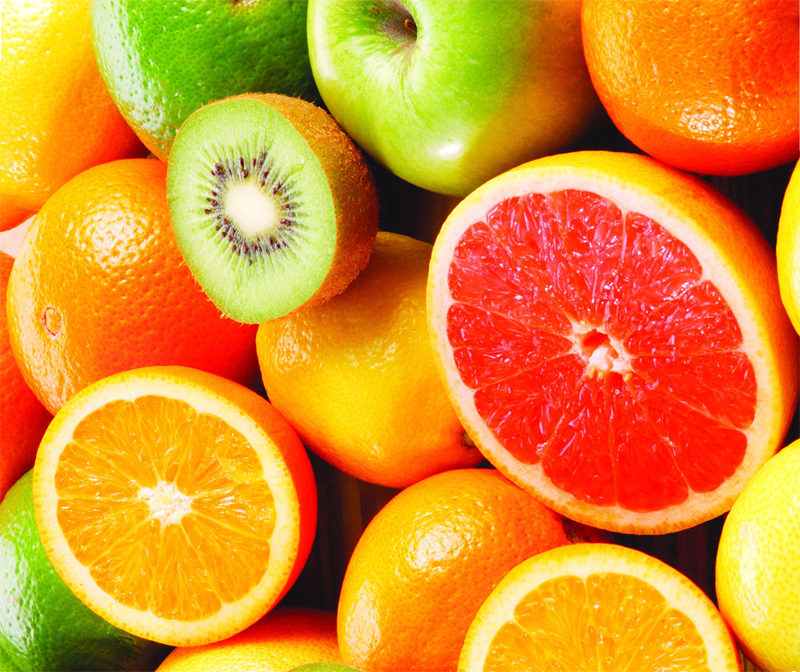Proposition 37
 On November 6, 2012, the state of California will vote on Proposition 37 detailing the mandatory labeling of genetically engineered foods. The passing of this bill would:
On November 6, 2012, the state of California will vote on Proposition 37 detailing the mandatory labeling of genetically engineered foods. The passing of this bill would:
- Require labeling on raw or processed food which is made from plants or animals with GMOs
- Prohibit labeling or advertising these foods as ‘natural’.
There is a lot of money being thrown at this bill from both sides of the question of labeling. Here are the questions that arise from us, the consumers:
- What are GMOs?
- Is genetic modification a good thing or are we putting the public at risk for poor health?
- Is it important to label GMOs?
GMO is an acronym for genetically modified organism.
Wikipedia’s definition is as follows:
A genetically modified organism (GMO) or genetically engineered organism (GEO) is an organism whose genetic material has been altered using genetic engineering techniques. These techniques, generally known as recombinant DNA technology, use DNA molecules from different sources, which are combined into one molecule to create a new set of genes This DNA is then transferred into an organism, giving it modified or novel genes. Transgenic organisms, a subset of GMOs, are organisms that have inserted DNA from a different species. GMOs are the constituents of genetically modified foods’
Hmmm…sounds complex, I know, and that’s because it is.
Let’s look at the definition of a ‘gene’ and break it down from there. Every creature, plant or animal, is made up of cells. The center of the cell, called the nucleus, contains strings of DNA; the short sequences of which are called genes, hence the term, genetic engineering. Scientists utilize a series of steps to extract DNA from one source and insert it into another unrelated source.
An example would be extracting the DNA from an Arctic fish and inserting it into strawberries. Yes, this has actually been done in field trials in an attempt to make the strawberries more resistant to frost. So this is a good thing, right? The American Academy of Environmental Medicine says ‘no’. In fact, in 2009, the Academy stated that: ‘Several animal studies indicate serious health risks associated with genetically modified food.’ So why aren’t we labeling them?
Many countries, including Australia, France, Germany, and Italy have banned or restricted GMOs.
More than 40 counties worldwide label GMOs; the United States and Canada do not. Since the health implications of eating GMOs are unclear, it’s a wise idea to label them, especially since this will bring no additional cost to consumers.
If you, as a consumer, are concerned about the health implications surrounding GMOs and would like to avoid them, there are some options. First, buying organically is a good avoidance tactic. Also, avoiding ‘at risk’ ingredients also will help. The following short-list is a place to start:
- Soy (approximately 93% of U.S. soy is genetically modified)
- Canola (approximately 93% of U.S. canola oil is genetically modified)
- Corn and corn products, such as corn sweeteners (approximately 86% of U.S. corn is genetically modified)
- Hawaiian papaya (approximately 80% of Hawaiian papaya is genetically modified)
Considering the mind-boggling amount of corn products in packaged foods sold today, just avoiding packaged food with with that one ingredient would lighten the load in the grocery basket.
Non-GMO web sites such as The True Food Network and the Institute for Responsible Technology have non-gmo downloadable shopping guides to help the consumer shop more wisely. The True Food Network also offers a shopping guide app for the iphone to help guide us as consumers.
Back to the question ay hand: Should we label GMOs? This healthy chef says: YES!





